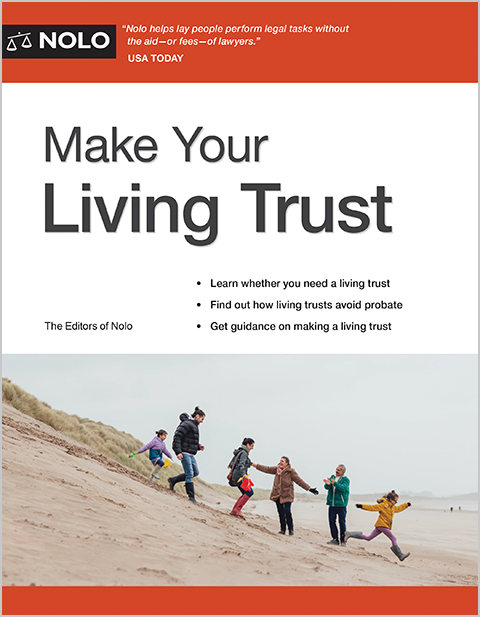In 2017, Alaska failed to pass an aid-in-dying law that would have allowed terminally ill patients to request life-ending medication.
In recent years there has been a dramatic increase in the number of states considering medical aid in dying laws. Sometimes called "death with dignity," "assisted suicide," or "right to die" initiatives, these laws make it possible for terminally ill patients to use prescribed medication to end their lives peacefully rather than suffering a painful and protracted death.
The catalyst for greater national attention to this issue was 29-year-old Brittany Maynard, a woman diagnosed with terminal brain cancer who moved from California to Oregon to end her life in 2014. Maynard chose Oregon because California had not yet passed its aid-in-dying law, and Oregon is one of just a few other states to allow terminally ill patients to legally end their lives.
Alaska's 2017 Voluntary Termination of Life by Terminally Ill Individuals Act
Alaska lawmakers considered a medical aid-in-dying bill for the first time—and, to date, the only time—in the 2017-2018 legislative session. Although the bill (numbered HB 54 and called the Alaska Voluntary Termination of Life by Terminally Ill Individuals Act) passed in the House Health and Social Services Committee, it died in the Judiciary Committee when the legislative session ended. If it had passed, the law would have functioned much like Oregon's Death With Dignity Act, allowing terminally ill patients who met certain requirements to request and use life-ending medication.
Advocating for a Medical Aid in Dying Act in Alaska
Although the Alaska legislature has not taken up the issue of medical aid in dying since 2017, citizen groups are continuing to work to legalize death with dignity in Alaska. If choice at the end of life is important to you, here are some things you can do:
- Contact your representatives in the state legislature and encourage them to support death with dignity in Alaska.
- Write a letter to the editor of your local newspaper.
- Tell your family, friends, health care providers, and others why you believe terminally ill patients should be allowed to choose medical aid in dying.
- Search for—or start—a community advocacy group. The Compassion & Choices website can help you connect with others in your area.
Making a Will or Advance Directive
Today, "death with dignity" and "medical aid in dying" are the two most commonly accepted phrases describing the process by which a terminally ill person ingests prescribed medication to hasten death. You might also see the phrase "right to die" used in place of either of those terms. Right to die," though, is more accurately used in the context of directing one's own medical care—that is, refusing life-sustaining treatment such as a respirator or feeding tubes when permanently unconscious or close to death. In Alaska or any other state, you have a right to provide such directions or give any other health care instructions by completing an advance health care directive. Health care providers are required to honor your wishes or transfer you to another care provider who will do so.
For information about appointing a health care agent and making known your wishes for medical care at the end of life, see the Living Wills & Medical Powers of Attorney section of Nolo.com.
Learn More
To find out more about the history and current status of medical aid in dying laws in the United States, visit the website of the Death With Dignity National Center.
Ready to create your will?



